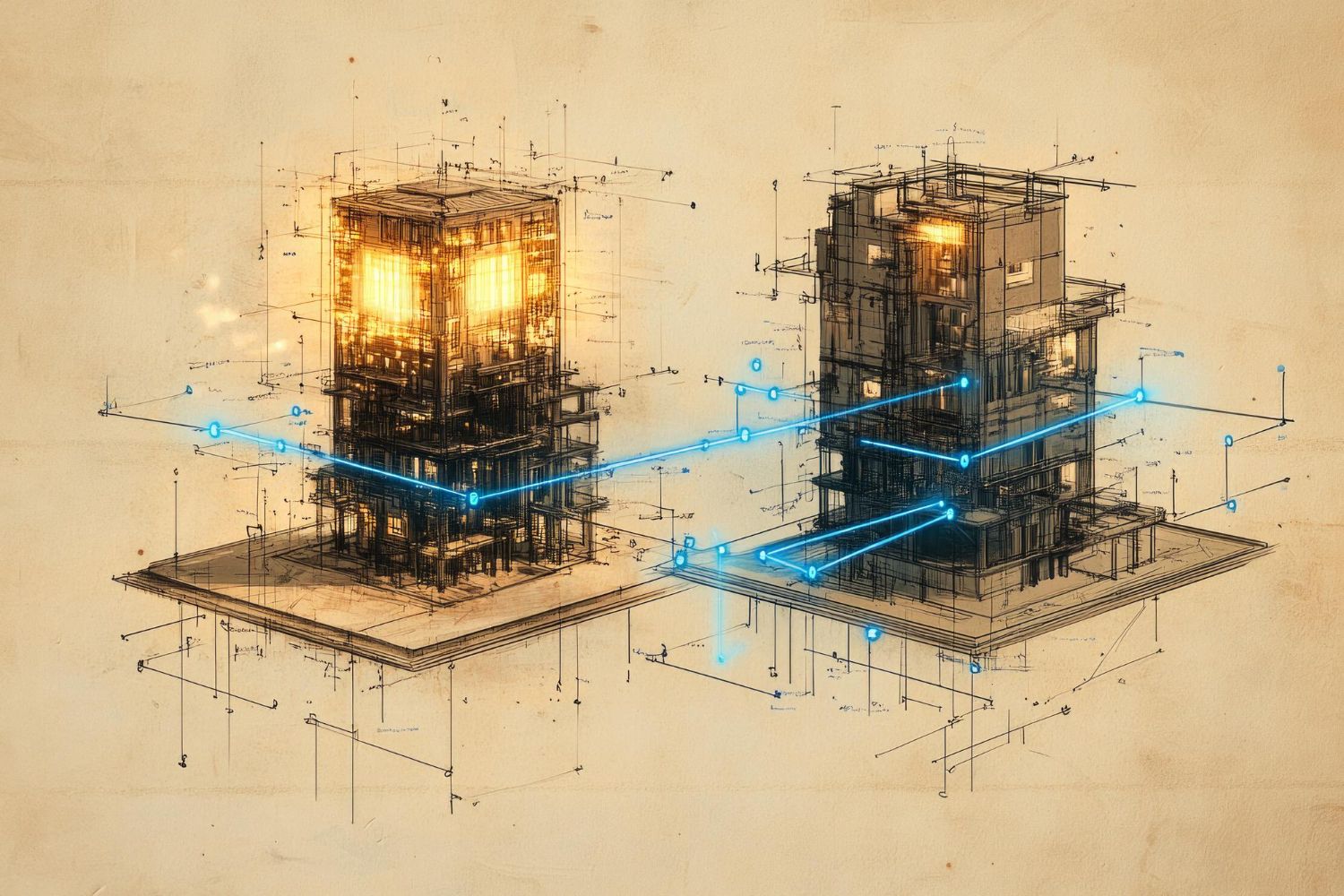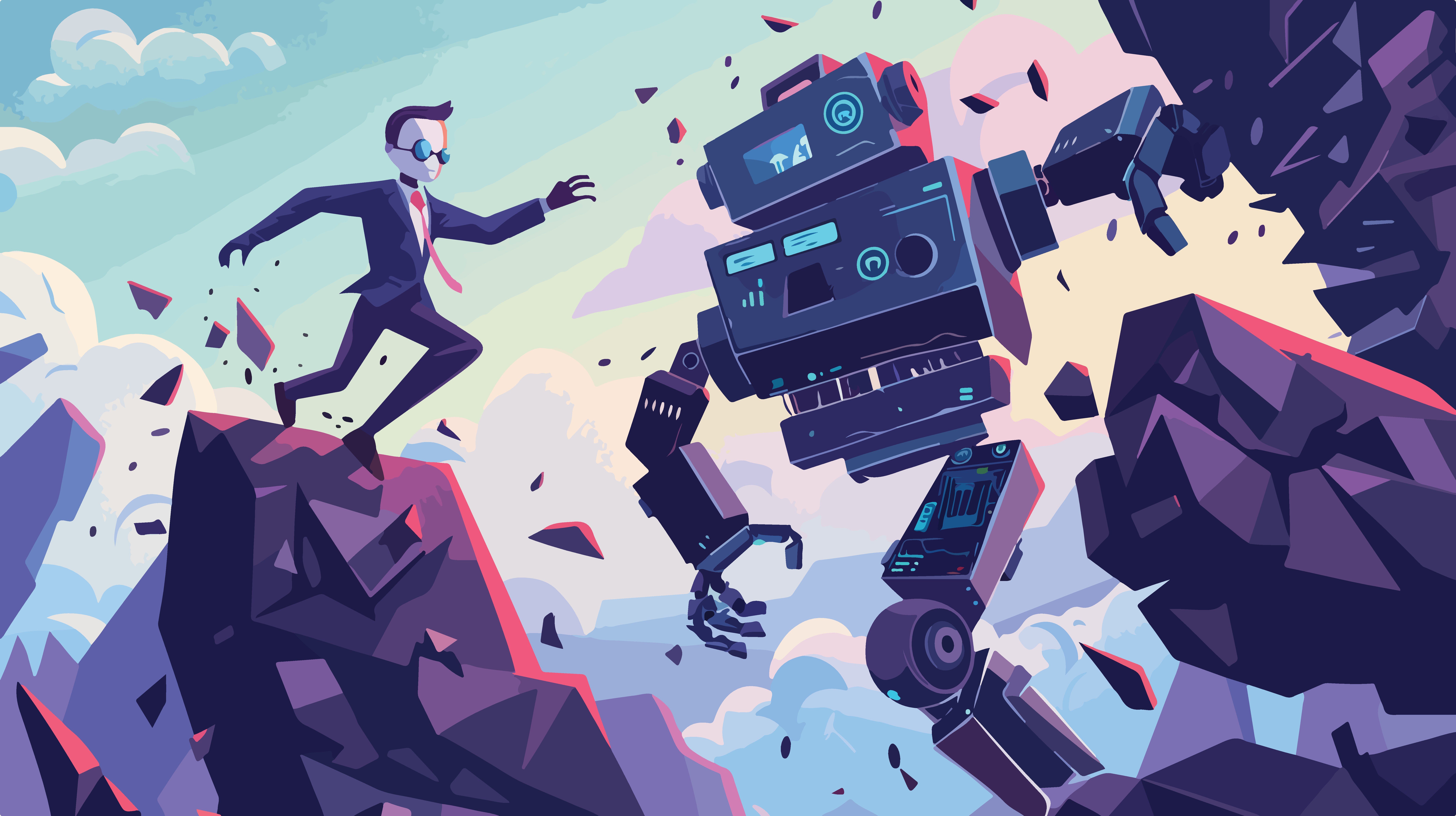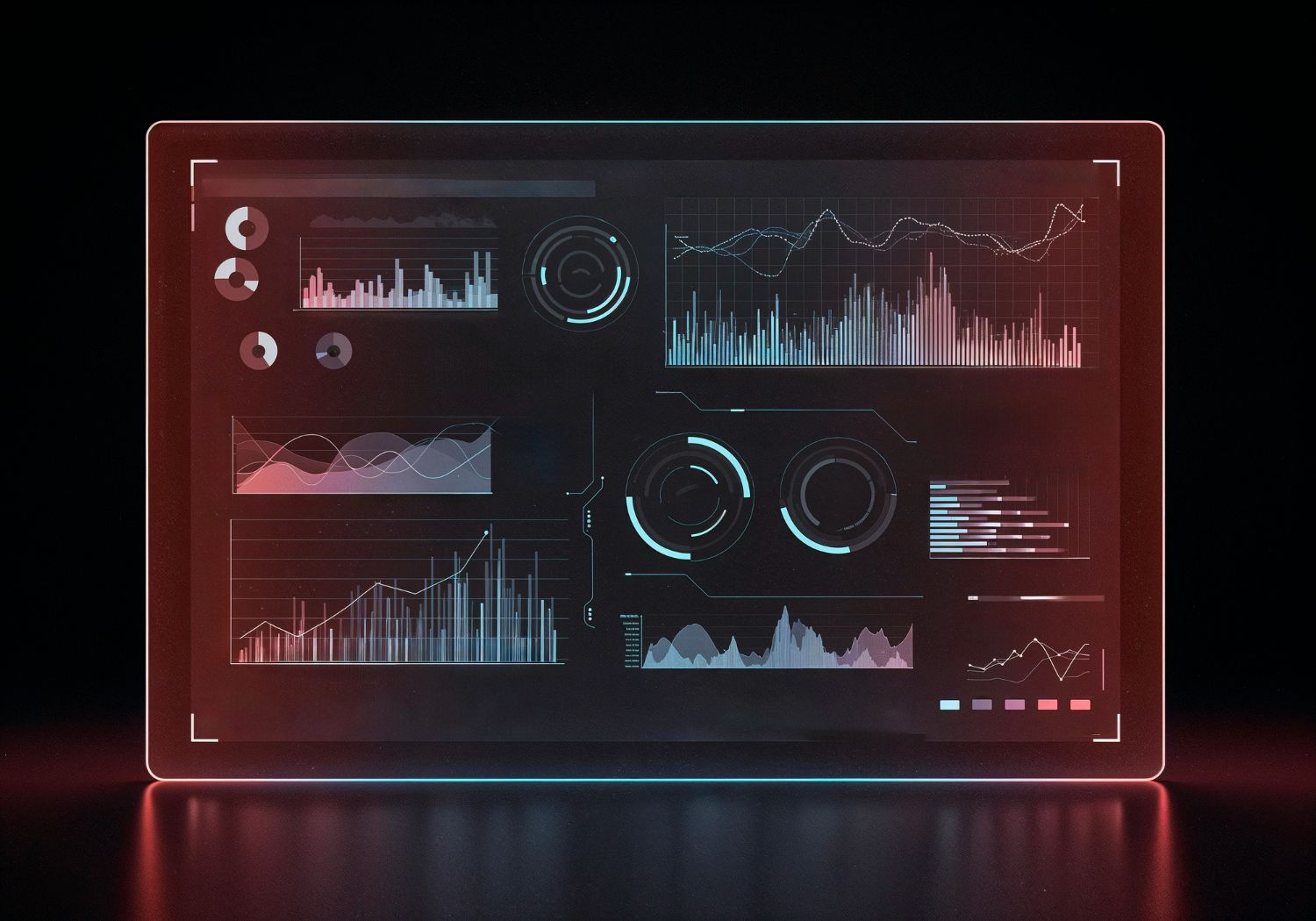Generative & Agentic AI: The Next Frontier in 2025
Exploring how generative and autonomous AI paradigms are reshaping workflows, productivity, and governance.

As organizations race to harness the power of artificial intelligence, two paradigms are emerging at the forefront: generative AI, which creates novel content from learned patterns, and agentic AI, which autonomously plans and takes action on user-defined goals. Together, they promise to revolutionize workflows, accelerate productivity, and reshape business models—while also introducing new governance and ethical considerations.
Adoption is already surging: enterprises across finance, healthcare, manufacturing, and marketing are piloting LLM-powered assistants and autonomous agents to streamline complex tasks. Yet moving beyond proofs-of-concept to full production requires careful design of data pipelines, tool integrations, and oversight frameworks. This article digs deeper into both approaches—exploring their core mechanics, real-world applications, best practices for implementation, and how to balance innovation with responsibility as you plan your AI strategy for 2025 and beyond.

What is Generative AI?
Generative AI refers to systems powered by large foundation models that learn from vast datasets to produce text, images, video, code, and more in response to prompts. These models underlie popular tools like ChatGPT, DALL·E, and Google’s Imagen, enabling creative and productive applications across industries.
At their core, most generative models use transformer architectures that capture statistical patterns in text or pixels, then sample from those distributions to generate novel outputs. Recent model families—GPT-4 and GPT-4o from OpenAI, Google’s PaLM 2, Meta’s LLaMA, and open-source alternatives like GPT-J and BLOOM—have driven leaps in fluency, coherence, and the ability to follow complex instructions. Fine-tuning and retrieval-augmented generation further enhance accuracy by injecting domain-specific data at inference time, making generative AI a powerful tool for personalized content creation, code assistance, design mockups, and more.

What is Agentic AI?
Agentic AI represents the next evolution: autonomous agents capable of planning, reasoning, and executing tasks without constant human prompts. Gartner lists Agentic AI as its #1 strategic technology trend for 2025, forecasting agents that can manage workflows, automate decision-making, and collaborate alongside human teams.
Frameworks like AutoGPT, BabyAGI, LangChain agents, and Microsoft’s Semantic Kernel stitch together LLMs with external tools—APIs, databases, or scripts—to form self-driving pipelines. An agent might parse an email, identify action items, pull data from a CRM, generate a draft report, and schedule a follow-up—all in one run. Unlike generative models that await instructions, agentic systems define sub-goals, iterate on plans, and adapt to errors, making them ideal for process automation, dynamic decision support, and continuous system monitoring.
Key Differences Between Generative & Agentic AI
- Prompted vs Autonomous: Generative AI requires explicit user prompts to produce content; agentic AI sets its own sub-tasks and runs end-to-end against higher-level goals.
- Content vs Process: Generative models excel at creating artifacts—text, images, code—whereas agentic systems orchestrate tools and workflows to accomplish objectives.
- Stateless vs Stateful: Most generative calls are stateless (no memory between prompts); agents maintain context across multiple steps, enabling decision trees and error recovery.

Real-World Use Cases
Early adopters deploy generative AI for marketing content, code generation, and design mockups—reducing creative turnaround from days to minutes. In software engineering, code assistants like GitHub Copilot boost developer productivity by suggesting boilerplate and catching bugs on the fly.
Meanwhile, agentic AI handles end-to-end automation: customer support agents that triage tickets, gather account data, and propose resolutions; supply chain agents that monitor inventory levels, trigger reorders, and adjust logistics with minimal human oversight; and financial advisory agents that analyze portfolios, rebalance holdings, and notify clients of market shifts. By bridging LLM reasoning with operational systems, these agents deliver continuous value in complex, data-driven domains.
Implementation & Best Practices
To successfully integrate generative and agentic AI, start with a pilot in a non-critical workflow. Identify clear success metrics—time savings, error reduction, user satisfaction—and gather high-quality training or retrieval data before you begin.
Build modular architectures: keep your LLM interface, tool-invocation layer, and orchestration engine loosely coupled so you can swap models or services without rewriting everything. Use guardrails such as rate limits, output validation, and real-time monitoring dashboards to catch anomalies early.
Assemble a cross-functional team: data scientists to fine-tune models, DevOps to deploy and scale GPUs or edge nodes, compliance officers to ensure regulatory alignment, and end users to provide continuous feedback. Iterate rapidly—release early versions to a small user group, learn from failure modes, then expand scope.

Challenges & Risks to Consider
Generative AI can produce biased or inaccurate outputs that require human validation—hallucinations in text or misclassified images can lead to reputational or financial harm. Agentic AI raises accountability concerns when autonomous decisions go awry, especially in regulated industries like finance and healthcare.
Data privacy is another concern: large models may inadvertently leak sensitive training data. Security teams must guard against prompt injection and adversarial attacks that subvert agent logic. Additionally, the compute demands of large models carry significant environmental footprints, and governing a decentralized swarm of agents poses new compliance hurdles. Planning for audit trails, access controls, and explainability is essential.

Future Outlook
By 2026, analysts predict that over one-third of enterprise software will incorporate agentic capabilities—blurring the line between static applications and dynamic, AI-driven workflows. We’ll see more turnkey platforms offering “agents as a service,” where businesses subscribe to curated agents for common tasks like HR onboarding or expense reconciliation.
Generative AI itself will continue to evolve: multimodal models will unify text, audio, video, and sensor data; real-time fine-tuning will allow on-the-fly domain adaptation; and open-source communities will democratize access to agentic frameworks. Edge computing advancements will bring small-footprint agents into IoT devices, enabling offline autonomy in manufacturing floors, retail stores, and field operations.
Conclusion
Generative and agentic AI represent complementary forces: one unlocks creativity with rich content generation, the other drives autonomous action across complex workflows. Together, they offer a path to unprecedented efficiency and innovation—but only if implemented responsibly.
As you plan your AI roadmap for 2025 and beyond, balance rapid experimentation with robust governance. Start small, measure vigorously, and scale iteratively—building cross-functional teams that can harness these technologies while managing their risks. The organizations that get this balance right will lead the next wave of digital transformation.
